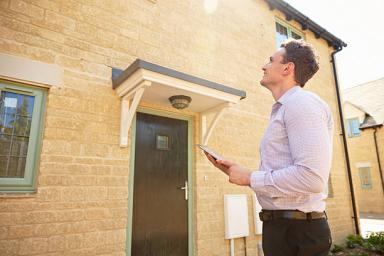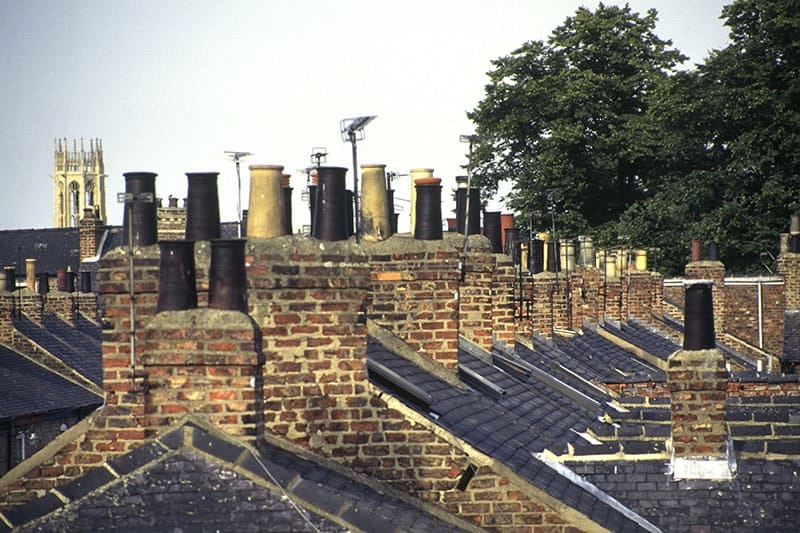Decided you want Solar?

Solar panel installations are on the rise globally, and the UK is following suit. We’re accustomed to seeing solar panels on rooftops and large ground-mounted arrays in open fields. While the cost of installation has historically been a barrier, prices have been steadily falling, and the past 12 months alone have seen a significant drop in installation costs. According to MCS, there’s been a 66% increase in solar panel business registrations. In addition, UK banks are now offering incentives such as interest-free loans and lower mortgage rates for homeowners who install renewable technologies and make their homes ‘green.’
If you are interested in a solar panel installation contact us and let us talk you through.
Here’s 6 things you should consider about the installation if you’ve decided to have solar panels to lower your electricity bills and reduce your carbon footprint:
- Where to put your Solar Panels?
As you walk through UK neighbourhoods, you’ll likely spot homes with solar panels installed on their roofs. There are two main types of installations to consider:
• On-roof: Panels are mounted on rails above the existing roof.
• In-roof: Panels are integrated into the roof, sitting flush with the surrounding materials like tiles or slate.
If your roof is under 30 years old, there is typically no issue with its structural integrity, making it suitable for a solar panel installation. On-roof installations are most commonly seen and easy to install. However, if you’re considering re-roofing or involved in a new build project, it might be worth exploring in-roof systems, as the materials have become more affordable and you’ll save on other roofing costs, such as slate or concrete tiles.
In older panels, capable of 250W or less, you can see the individual solar cells outlined in silver, with the newer panels, with higher wattage generate capacity, 400-500W, these tend to be all black for an improved aesthetic.
For homes with complex roof designs, like Velux windows or dormers, an on-roof system may offer more flexibility in arranging the panels.
Recent government regulations have made it easier to install solar panels on flat roofs without needing planning permission, but it’s always a good idea to check with your local authority for the latest requirements.
If your roof is unsuitable, a ground-mounted system is a great alternative. Ground installations can be flexible in design, ranging from low-profile trays that require no drilling to more robust metal frameworks. Keep in mind that arrays over 9m² will generally require planning permission.

2. What type of Solar Inverter?
The inverter converts the energy from your panels into usable electricity for your home.
Ideally, it should be installed near your electricity meter or fuse board, although garages and utility rooms are common locations.
The type of inverter you choose depends on how you plan to use your energy:
• Standard grid-tied inverters: Suitable if you’re home during the day and will use most of the electricity generated.
• Hybrid inverters: Ideal for storing electricity in batteries for use later, perfect for households where residents are out during the day.
• Microinverters: These are useful for installations where shading might be an issue, as they allow each panel to operate independently.
(Grid-tied and Hybrid inverters are also called ‘string’ inverters as the panels are connected to them in ‘strings.’)
3. Do you have shade?
Microinverters are one answer to shade but if you have a lot of panels this could get expensive, an alternative is to use optimisers. String inverters with optimizers are now widely used, minimising the inefficiencies caused by shading and ensuring each panel performs to its best potential. Another reason to have optimisers is if your solar array will have panels facing in three different orientations, ie. South, east and west.
4. What type of Batteries?
Batteries are becoming a popular addition to solar installations, allowing homeowners to store excess energy for use when the sun isn’t shining and to charge off the grid at cheaper times, this is called Load Shifting. The main decision you’ll face is whether to opt for AC-coupled or DC-coupled batteries and how much storage you’ll need.
• AC-coupled batteries can be added to existing solar installations, but they involve more energy conversion steps, reducing efficiency.
• DC-coupled batteries are more efficient and tend to be the standard for new installations. They are modular, allowing you to add more capacity as needed.
Most batteries are installed indoors near the inverter, although outdoor options are becoming available. Regarding how much battery capacity you need will depend on your usage, other renewables, like a heat pump or electric vehicle and what your overall aims are: increase self consumption, reduce peak energy usage or maximise savings.

5. Where will the cables go?
When planning your solar installation, don’t forget about the necessary cabling, there are three cables you need to accommodate in most solar array installations:
• DC cables run from the panels to the inverter and can be placed inside or outside the home. They can run in floor, wall or ceiling spaces internally, and most will run partially through a loft space. Externally they can run along the exterior of the home, walls and fences and even trenched to run underground. There is a higher chance this cable will need to either armoured or well insulated and UV protected
• AC cables connect the inverter to your consumer unit, and these may require more creative routing. Generally these are inside the home and have standardised safety measures. This cabling is usually thinner and more malleable.
• CT cables (used for energy monitoring) connect the inverter to your electricity meter, telling your energy provider if you are pulling electricity from the grid or sending excess electricity back to the grid. This is not an essential part of an install, but is needed if you are intending to set up a Smart Export Guarantee (SEG) in the future.
6. Other considerations include if you live in a conservation area, an Area of Outstanding Natural Beauty, or have a listed building, you may need planning consent for your solar installation. Local authorities usually have clear criteria listed on their websites to help with the application process, often focused on minimising the visual impact on the building and surrounding area.
With the right planning and installation, solar panels can significantly reduce your electricity bills and carbon emissions, making your home more sustainable for the future. Use these details to have an informed discussion with your chosen solar installer and join the renewables revolution, alternatively get in touch with us at and let us help you.
